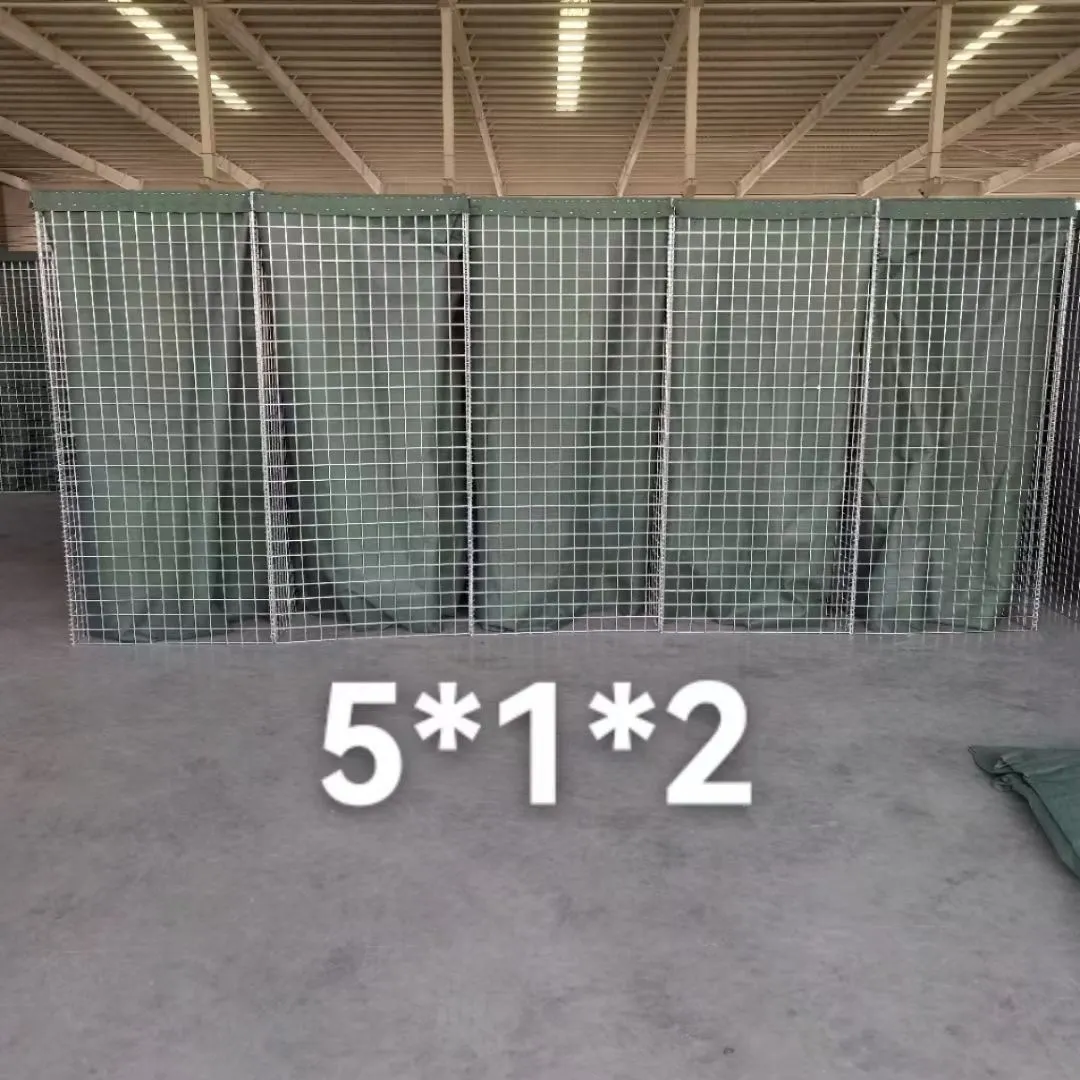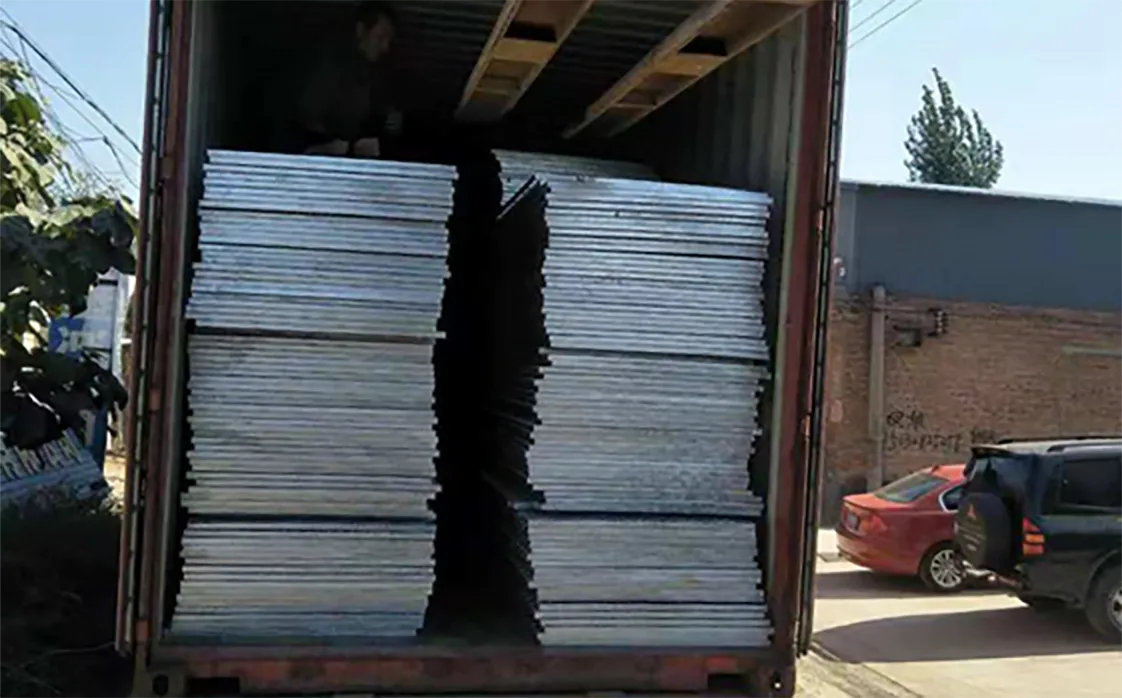Jan . 16, 2025 03:20 Back to list
galvanized grating


Building trustworthiness further involves transparency and customer education. High-quality suppliers frequently publish detailed specification sheets and installation guides, assisting clients in making informed decisions. Open communication channels and support services also play vital roles. By offering expert advice and efficient resolution to potential challenges during installation or maintenance, businesses can strengthen trust and foster long-term client relationships. When selecting flat bar grating, factors such as load requirements, environmental exposure, and expected traffic levels should influence decision-making. Consulting with experts before procurement can prevent costly mistakes and ensure the chosen grating meets all operational demands. For projects with specific aesthetic or functional needs, custom grating designs can integrate seamlessly to complement existing structures while maintaining all structural and safety benefits. To conclude, flat bar grating represents a blend of practicality and robustness, catering to a diverse range of industrial and structural needs. In the landscape of modern infrastructure, its role cannot be understated. Engaging with experienced professionals and relying on reputable manufacturers ensures that businesses receive maximum value and performance from their grating systems. As industries continue to evolve, the importance of flat bar grating in developing safe, reliable, and efficient work environments remains ever critical.
Latest News
-
Premium Anti-Climb Fence Spikes for Sale
NewsAug.01,2025
-
Premium Peach Post Fence | Durable & Stylish Security
NewsJul.31,2025
-
Best Galvanized Grating Price - Durable Galvanized Steel Grating Solutions
NewsJul.30,2025
-
0.5-4.0mm Wire 2×2 4×4 8×8 Hot Dipped Galvanized Welded Mesh Roll
NewsJul.30,2025
-
Metal Fence Pickets for Sale – Durable Galvanized & Steel Options
NewsJul.29,2025
-
Competitive Galvanized Grating Price for Durable Flooring Solutions
NewsJul.29,2025
Our company owns has excellent CAD steel grating drawing designers, who can provide customers with perfect steel grating layout design and better meet customers' special requirements for products. We have been adhering to it the business tenet of "quality first, customer first", with high-quality products, reasonable prices, and the fastest delivery time, we wholeheartedly provide customers with a full range of services! Welcome new and old customers to cooperate sincerely and create brilliance together!
Contact Us
WELCOME TO OUR COMPANY!
Thank you for your interest in our services! If you have any questions or wousld like to book a service, please don’t hesitate to contact us. Our team is dedicated to providing you with the highest level of service and support, and we are committed to working with you to make your event a success.

Service Email

Service Phone
Product Center
Contact Us
- Phone: +86 +86 15733154345
- E-mail: sales@chengsenchina.com
- Address: B1213 GLOBAL CENTER, NO.226 ZHONGHUA NORTH STREET, SHIJIAHUANG, CHINA


























